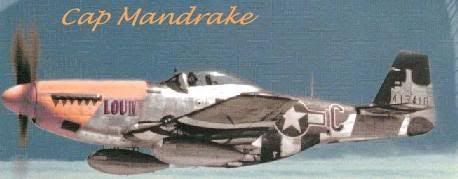ORIGINAL: rhondabrwn
I think that doing the entire globe at 1 km is probably overkill. For a global war game I would think that the old Europa scale of 16 miles to the "hex" (or whatever is used) would be quite within the realm of possibility.
If the "resolution" of the engine is set to a higher number, more worlds could be managed at the same time without needing special hardware. Perhaps Mac's scale from Planettest is too wide however. I like 80 km per space, which gives 100 hexes or triangular vertices along each face of the icosahedron. The turns at that scale could be weekly. The circumference would be 500 spaces at that scale, and the total number of spaces would be about 100,000. If each space has a byte, as Cap Mandrake suggested, that's ten worlds for one MB rather than one world for a half a gig. As needed, smaller scale(s) could be available for certain important spaces.
As far as using the global projection for localized tactical battles at a 1 K grid, we wouldn't be using the entire globe for the game, only a portion of it. So... I would see a completely mapped globe established as a standard resource using a variety of scales. Individual game designers would then pull from this multi-gigabyte "map" to suit their own purposes.
This is where you and I disagree with Mac's preference for one unified scale Rhonda. By mapping special spaces -- such as cities, coastlines, possibly the 12 pentagonal vertices -- at a smaller scale, and including a mechanism for generating those spaces left (
generic spaces) at the smaller scale, theoretically with the right network you can play globally at the smaller scale (daily turns, even 2 to 4 turns per day?).
One thing I like is your idea of more scale options. Rather than jumping right from 80 km per space all the way to 1 km per space, perhaps there is an intermediate scale break-down (10 km suggests itself). The zoom function in the game can recognise the scales in use and restrict zooming accordingly... if a smaller scale is in use, Mac is right that a continuous visual zoom from scale-to-scale would be the most appealing and convincing.
As a money making venture, the "Globe" would be a raw building block like various grahic engines currently in use for a variety of FPS games and so forth.
If the conception is forward-thinking enough, such a
Globe project can indeed be useful as a development tool, but a a very user-friendly version should be available for the public as well, so gamers can edit the maps for use in roleplaying, as well as creating their own scenarios for wargaming, etc... If marketed properly, such an application could infiltrate many areas of gaming / simulations, probably in several forms. As a development tool, it could include integrated scale options in more increments than available in the public version, as well as programming features that let the application be tailored to individual uses. Of course such a "professional" version would be substantially more expensive.













